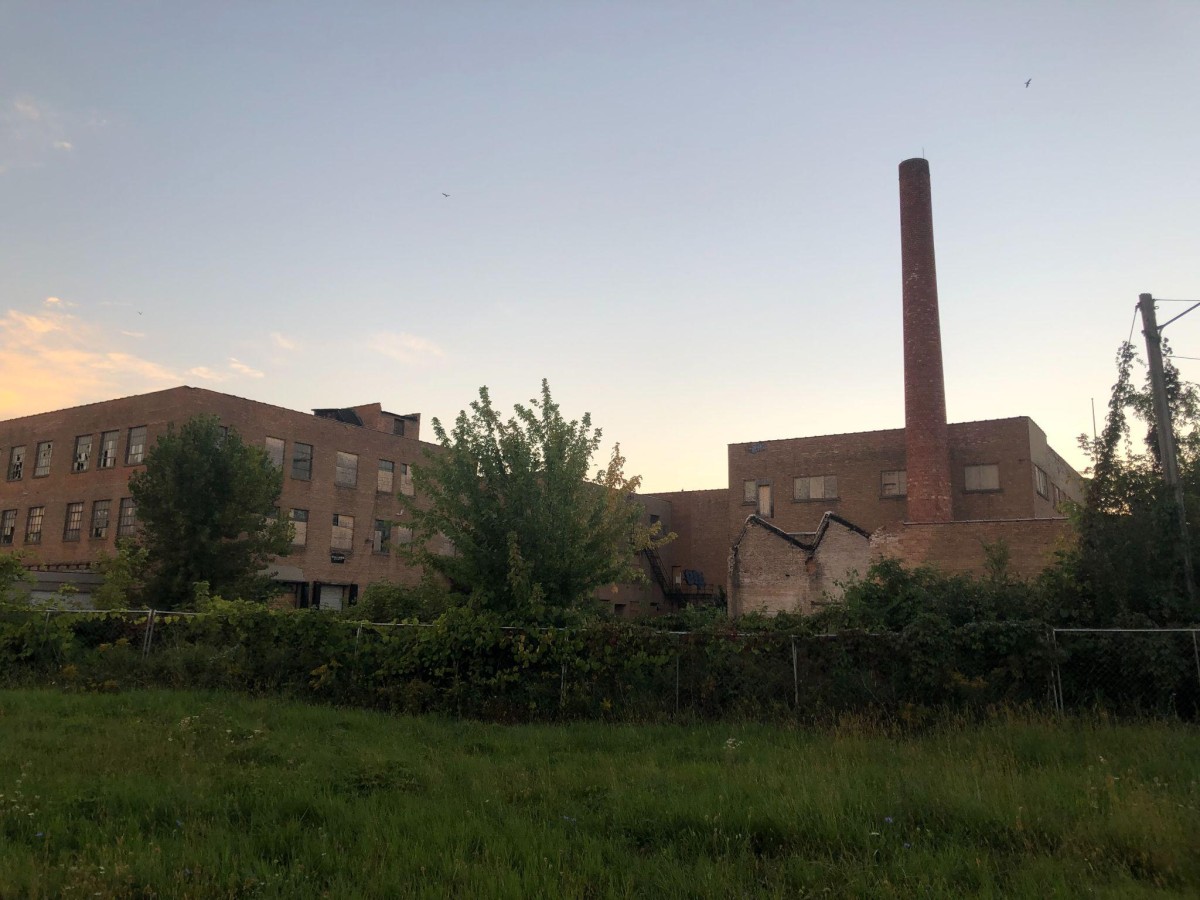Phase I Environmental Site Assessment (ESA) costs, purpose and funding options for municipalities
The American Society of Testing and Materials (ASTM) International, which has established standard practices for Environmental Site Assessments (ESAs), defines a Phase I ESA as a method of assessing the environmental condition of commercial real estate. As a customary due diligence practice of commercial real estate transactions, a Phase I ESA includes:
- Reviewing historical, legal and environmental records.
- Inspecting the site and adjoining properties.
- Reporting potential source locations.
- Interviewing former owners and residents.
The goal of these steps is to identify Recognized Environmental Conditions (RECs), indicating the presence of petroleum products or other hazardous substances in, on or at the site. Evidence of RECs on the property often signals a contaminant release or, likely release, or it suggests a threat of future release to the environment.
Below, we discuss Phase I ESA costs, funding resources for municipalities and why you need to work with environmental professionals when conducting assessments.
Phase I ESA costs
Site-specific ESAs are used to evaluate environmental conditions for commercial real estate properties. As a result, Phase I ESA costs vary, which are detailed in the chart below.
| Factors affecting Phase I Environmental Site Assessment costs | |
|---|---|
| Property size |
|
| Location |
|
| History |
|
| Supplemental or project-specific criteria |
|
Based on these factors, a Phase I ESA usually costs from $2,000 to $3,500, unless extra services are requested, like additional property index numbers for liens. On average, conducting a Phase I ESA takes 10-15 business days. However, as the site inspection timeline and efforts increase, the costs grow accordingly.
Once a Phase I ESA is complete and Recognized Environmental Conditions have been identified, including the presence of Business Environmental Risks (BERs) and emerging contaminants of concern, the next step is a Phase II ESA — a more in-depth and cost-intensive assessment of the physical or likely presence or evidence of site contaminants.
Phase I ESA funding
Given the expense of ESAs, the U.S. Environmental Protection Agency (EPA) allocates various grants, including Assessment Grants and Multipurpose Grants (MP) under Brownfields Grant Funding, for communities. Under community-wide assessment grants, applicants may request up to $500,000 to assess sites contaminated with petroleum, hazardous substances, contaminants and pollutants.
Because ASTM standards require an environmental professional to conduct the Phase I ESA, municipalities and developers must partner with a trusted team of environmental professionals for accurate assessments.
Working with an environmental professional for a Phase I ESA
Fehr Graham's team of highly experienced environmental professionals has helped communities and private entities with redevelopment projects since the 1970s. Our expertise translates to accurate and site-specific ESAs to help you make informed decisions on land transactions. From conducting customized ESAs, securing available funding and navigating projects through municipal, state and federal regulations, we are your one-stop solution for private and community brownfield redevelopment.
Learn more about Phase I Environmental Site assessment costs and how partnering with Fehr Graham can help your community redevelop brownfields successfully. Contact us or give us a call at 920.453.0700 to get in touch with our team of licensed and experienced environmental professionals.
 |
Jenna Williams is an Environmental Health and Safety Specialist who
completes Phase I and Phase II Environmental Site Assessments, groundwater sampling and monitoring. She
makes it her mission to provide tools, resources and environments that support safe and efficient outcomes.
With an eye for detail and a zeal for funding, she follows state and federal guidelines so she can better
help municipalities and private businesses move projects forward. Reach her at |
Collaborative, Insightful, Results-Driven Solutions
Fehr Graham provides innovative engineering and environmental solutions to help improve the lives and communities of our customers.

